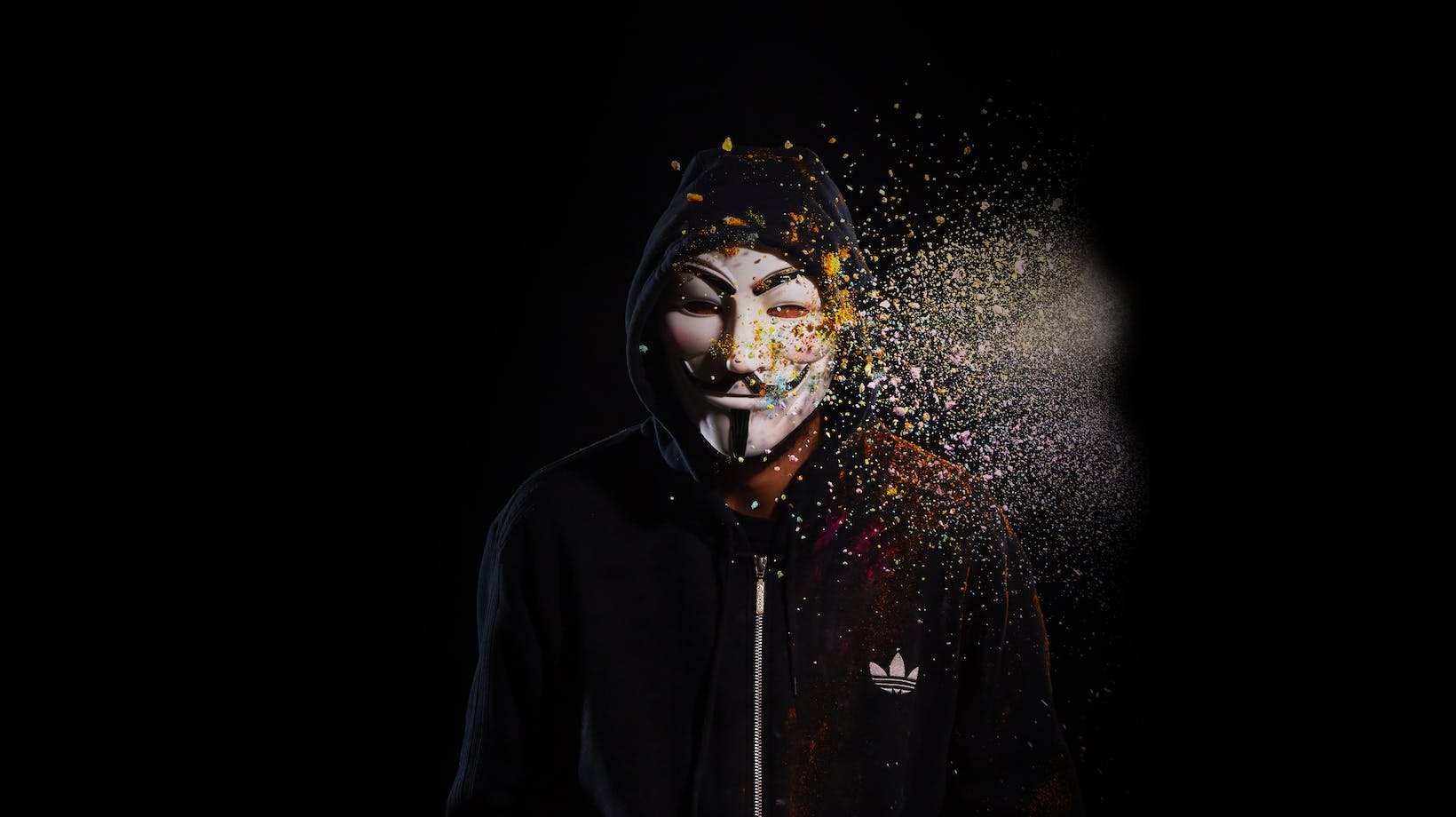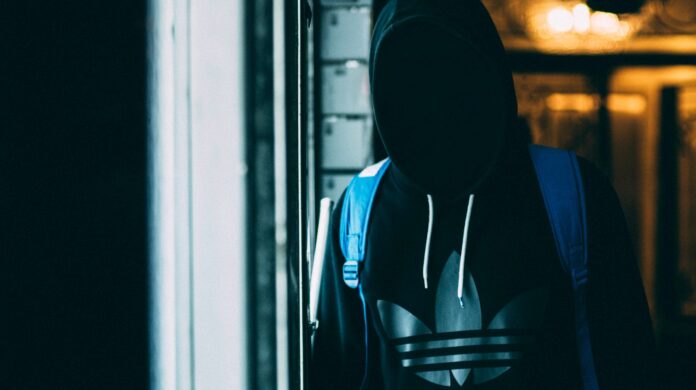What Are the Goals of Using a Disguise?
Moving beyond the fun and thrilling aspect of disguises, let’s uncover their strategic importance. They have deep-rooted practicality in everyday life, serving numerous functional roles. Two of the main purposes that disguises serve include Enhancing Personal Safety and Maintaining Anonymity.
Enhancing Personal Safety
One of the primary reasons we turn to disguises is for personal safety. A disguise can act as an effective deterrent against threats, making them invaluable tools for personal security. Consider instances when we alter our appearance to blend into a crowd during situations of potential danger. It’s the same reason plainclothes police officers or undercover investigators use disguises – they’re an integral part of their safety protocol.
Imagine being an undercover journalist working in a volatile region. It’s paramount that you blend in and avoid attracting unnecessary attention. You’d rely on disguises heavily in this scenario. Similarly, public figures and celebrities often use disguises to avoid unwanted attention, increasing the level of safety they experience when navigating public spaces.
Maintaining Anonymity
In an increasingly interconnected world, keeping one’s identity under wraps poses a unique set of challenges. Disguises come to rescue in such cases and help maintain one’s anonymity. Anonymity lends a degree of freedom that allows individuals to navigate various situations without the constraints that recognition might impose.
For instance, social media influencers or individuals who prefer to keep their online and offline lives separate will often use digital disguises. These could include pseudonyms, avatars, or even a completely alternate online identity. Such digital disguises help ensure users’ safety and privacy, keeping aspects of their personal lives hidden from public view.
Moreover, disguises can break down barriers by taking identity out of the equation. They allow us to step into other’s shoes, fostering empathy, understanding, and broader perspectives.
Notably, this importance of disguise extends beyond physical or digital disguises – it’s about the benefits they bring. They provide the user the freedom to explore, express, and protect their identities in ways that would otherwise be unachievable.
As we delve deeper into the roles and applications of disguises, an obvious question arises: How are effective disguises crafted? Let’s unravel the art and science of disguise in our upcoming sections.

Achieving Specific Objectives
In our exploration of the centrality of disguises in different fields, we must delve into a few specific domains. Disguises allow us to fulfill set objectives in undercover operations, espionage and intelligence gathering, or investigative journalism. Let’s focus on these areas to understand the manifold goals of using a disguise.
Undercover Operations
Undercover operations rely heavily on disguises. It’s essential for personnel within law enforcement or other similar agencies to appear as average individuals. A well-constructed disguise allows them to infiltrate organizations without raising suspicions. Accordingly, the goal of using a disguise here is simple: ensure safety and gather evidence without exposing true identity. A good disguise, in this context, could very well mean the difference between successful operation and failure.
Espionage and Intelligence Gathering
Further, disguises are crucial tools in the realm of espionage and intelligence gathering. Here, officials use disguises to blend into foreign environments, concealing their real identities and affiliations. To put it plainly, a proficiently used disguise grants them access to sensitive information, often giving them the opportunity to forewarn their nation of potential threats. The goal, in this scenario, is to conceal origin, protect individuals from danger, and gather confidential data – all possible through the power of effective disguises.
Psychological Protection
Delving further into the uses of disguises, we uncover another important aspect: psychological protection. This goal is significant on personal and professional levels — disguises can play a major role in averting unwanted attention and bolstering self-assurance.
As these examples demonstrate, disguises offer much more than anonymity or a means to blend in. They also provide psychological benefits, helping to manage recognition and build personal and professional confidence. The art of disguising can thus be considered a powerful tool, offering multiple avenues for aid in various circumstances.


